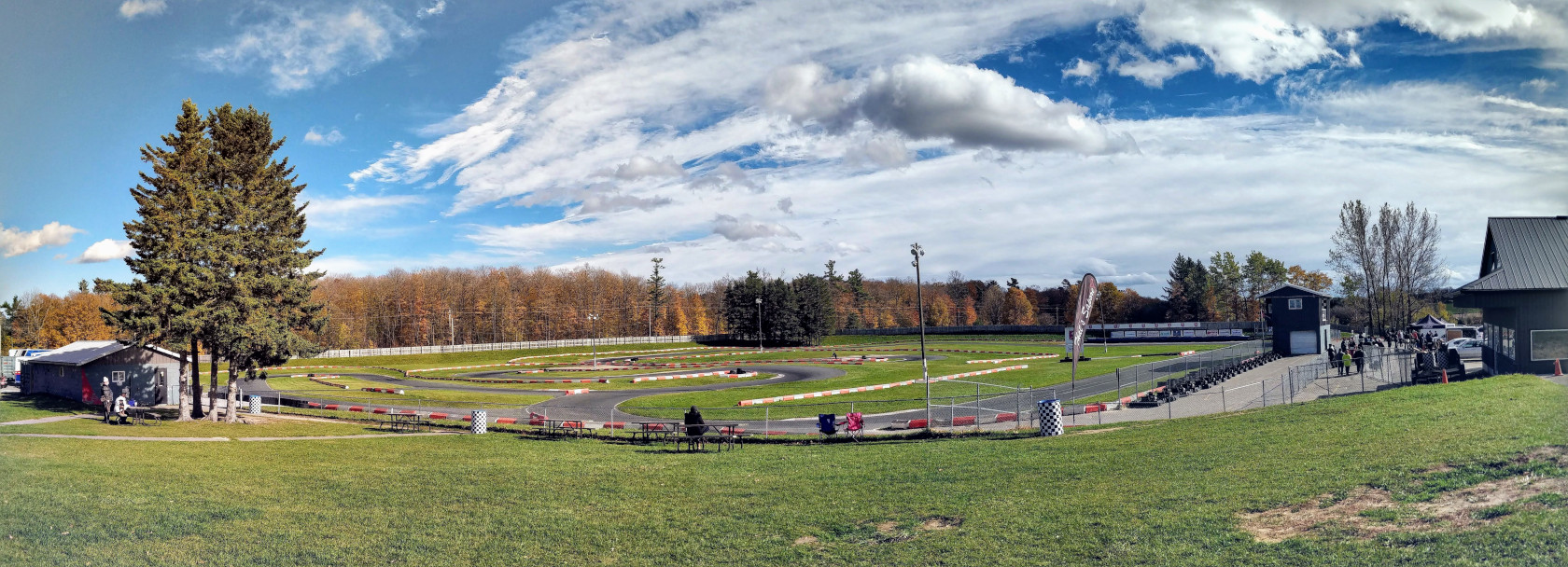Driver Heart Rate Monitoring with a Smartwatch

Race driving is an activity that affects an individual’s physiology. This experience is not universal and can affect people in different ways. With a wearable heart rate monitor, we can measure this response before, during and after a race. Understanding this response can help develop a driver routine that improves in-vehicle performance.
Methodology
The purpose of this investigation is to determine if a physiological response can be observed during a race event. Heart rate is used as a general measure of arousal. This measurement is selected due to its availability in consumer-grade smartwatches and fitness tracking devices.
The investigation follows an amateur driver during the 2018 Lupus Grand Prix, a four-person team endurance fundraising race hosted at Goodwood Kartways. The measurement period tracks the driver’s heart rate before, during, and after their stint. The driver drove the second stint for a period of 22 minutes.
Heart rate is measured using an Amazfit Bip smartwatch. The heart rate monitor was set to sample continuously via the Amazfit Tools application. The data is exported from the application after the event and analyzed offline using data analysis tools in Python.
Discussion
A time history of the driver heart rate is shown in the graph below:
The driver experiences a sudden increase in heart rate before the start of the stint. This increase in heart rate far exceeds the sustained heart rate during the stint. This is a physiological response in anticipation of getting into the kart.
In sports psychology, this anticipatory effect is called competitive state anxiety. One model used to study this effect is the Inverted-U hypothesis. It suggests that peak performance occurs at an optimal arousal level.
Based on the driver’s heightened level of somatic and cognitive anxiety, they may benefit from cognitive-behavioural strategies to manage their competitive state before driving. This would allow the driver to begin their stint at an optimal state of arousal which in turn could lead to better performance outcomes.
Conclusion
Measuring the driver’s physiological response to driving can be as simple measuring their heart rate. The widespread availability of wearable heart rate monitors makes this measurement accessible to drivers of all skill levels.
Investigation of driver heart rate during a racing event revealed a physiological response to a competitive experience. Management of the driver’s arousal level using cognitive-behavioural strategies provides a framework that can help drivers manage competitive anxiety, and therefore improve performance outcomes and lap times.
To learn more about the Lupus Grand Prix and their mission, visit their website at http://lupusgp.ca/
References
- Craft, Lynette L., et al. “The relationship between the Competitive State Anxiety Inventory-2 and sport performance: A meta-analysis.” Journal of sport and exercise psychology 25.1 (2003): 44-65.
- Ryska, Todd A. “Cognitive-behavioral strategies and precompetitive anxiety among recreational athletes.” The Psychological Record 48.4 (1998): 697-708.
- Vickers, Joan N., and A. Mark Williams. “Performing under pressure: The effects of physiological arousal, cognitive anxiety, and gaze control in biathlon.” Journal of motor behavior 39.5 (2007): 381-394.
- Watkins, Eric S. “The physiology and pathology of formula one Grand Prix motor racing.” Clinical neurosurgery 53.14 (2006): 145-152.
